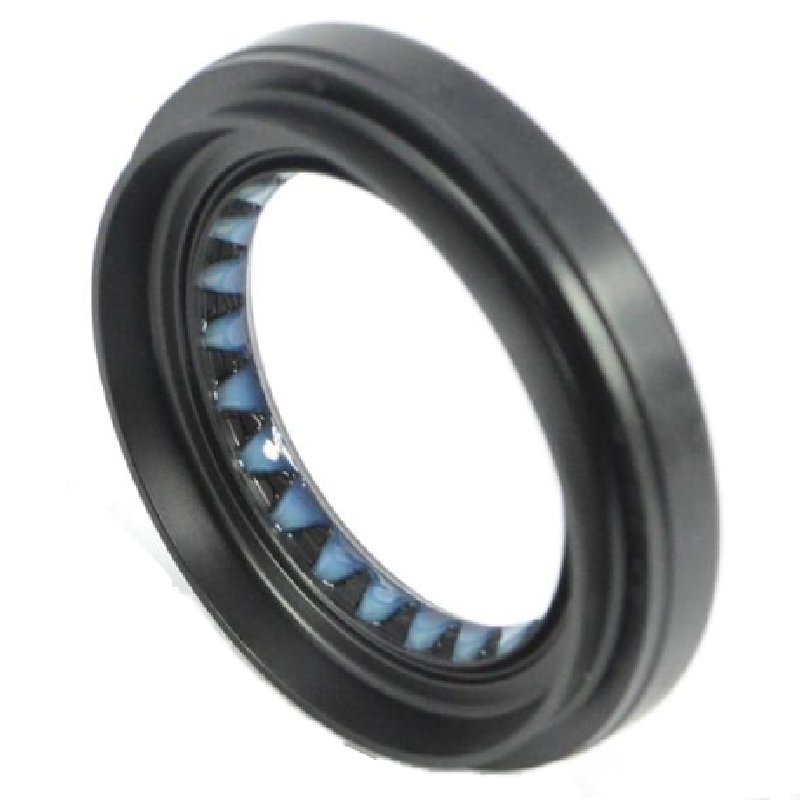Oil Pan Gasket Replacement Kit for Enhanced Engine Performance and Leak Prevention
Understanding Oil Pan Gasket Sets Importance, Installation, and Maintenance
When it comes to automotive maintenance, the oil pan gasket set is a crucial component that often goes overlooked. This essential component plays a vital role in the overall functioning of an engine by ensuring that engine oil remains contained within the oil pan, thereby preventing leaks and maintaining optimal lubrication for moving parts. In this article, we will explore the importance of oil pan gasket sets, their installation, and maintenance tips to prolong their lifespan.
What is an Oil Pan Gasket Set?
An oil pan gasket set consists of the gasket itself, which is typically made of rubber, silicone, or cork, along with other components that may be needed for installation. This set forms a seal between the oil pan and the engine block, effectively keeping the engine oil from leaking out. A properly functioning oil pan gasket is essential for maintaining the correct oil pressure and ensuring that the oil circulates effectively throughout the engine.
Importance of Oil Pan Gasket Sets
Engine oil is critical for reducing friction between moving parts, preventing overheating, and ensuring smooth operation. A failure in the oil pan gasket can lead to oil leaks, which may result in decreased oil levels and can ultimately cause engine damage due to insufficient lubrication. Additionally, external oil leaks can create hazards on the road, leading to slip and fall accidents.
Furthermore, replacing a failing oil pan gasket in a timely manner can save vehicle owners a significant amount of money in repair costs. Ignoring the signs of a bad gasket, such as oil spots on the ground or a decrease in engine performance, can lead to catastrophic engine failure, which can be much more expensive to repair than simply replacing the gasket.
Installation of an Oil Pan Gasket Set
Installing an oil pan gasket set may seem daunting, but with the right tools and a bit of know-how, it can be a manageable DIY project
. Here are some steps to consider when installing an oil pan gasket1. Preparation Ensure that the vehicle is on a level surface and raise it using jack stands. Always prioritize safety.
oil pan gasket set

2. Drain the Engine Oil Before removing the oil pan, drain the existing engine oil to prevent spills. Remove the oil drain plug and let the oil flow into a suitable container.
3. Remove the Oil Pan Detach any bolts securing the oil pan to the engine. Carefully pry the oil pan away from the block, taking care to avoid damaging the mating surfaces.
4. Clean Surfaces Once the oil pan is removed, clean both the oil pan and engine block surfaces with a suitable degreaser to ensure a good seal with the new gasket.
5. Install the New Gasket Place the new gasket onto the oil pan, ensuring it is aligned correctly. If necessary, apply gasket maker at the corners for extra sealing.
6. Reattach the Oil Pan Carefully place the oil pan back onto the engine and secure it with bolts. Make sure to torque them to the manufacturer’s specifications.
7. Refill Engine Oil After installation, refill the engine with fresh oil and check for leaks after starting the engine.
Maintenance Tips
To ensure the longevity of your oil pan gasket, consider the following maintenance tips
- Regularly inspect for signs of leaks or oil buildup. - Maintain proper oil levels and replace it according to the manufacturer's recommendations. - Address any engine overheating issues promptly to prevent undue strain on the gasket.
In conclusion, an oil pan gasket set is a small but critical part of any vehicle's engine system. Understanding its importance and how to care for it can lead to better vehicle performance and longevity. Always remember that when in doubt, consulting a professional mechanic is advisable to ensure the best care for your vehicle.
-
The Ultimate Guide to Boat Propeller Bearings and Trailer Wheel Bearings
News Jul.31,2025
-
The Essential Guide to Marine Bearings and Boat Trailer Wheel Bearings
News Jul.31,2025
-
The Complete Guide to Heavy Duty Seals: Protecting Doors and Spaces Efficiently
News Jul.31,2025
-
Essential Guide to Marine Shaft Bearings and Boat Trailer Axle Bearings
News Jul.31,2025
-
Comprehensive Guide to Marine and Trailer Bearings for Safe Boating and Transport
News Jul.31,2025
-
Comprehensive Guide to Automotive Oil Seals: Protecting Your Engine and Shafts
News Jul.31,2025
-
Understanding Automotive Oil Seals: Essential Components for Engine and Shaft Protection
News Jul.30,2025
Products categories















